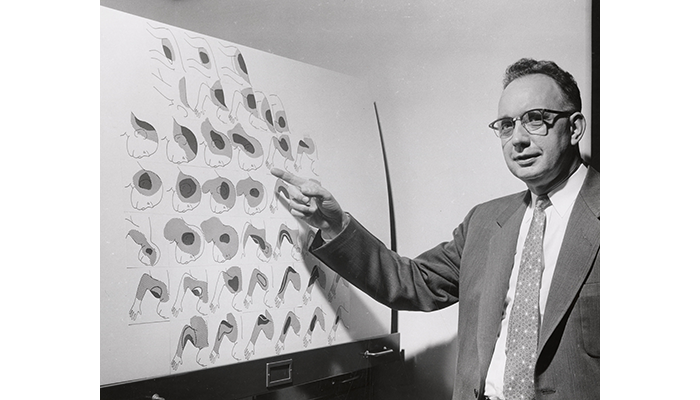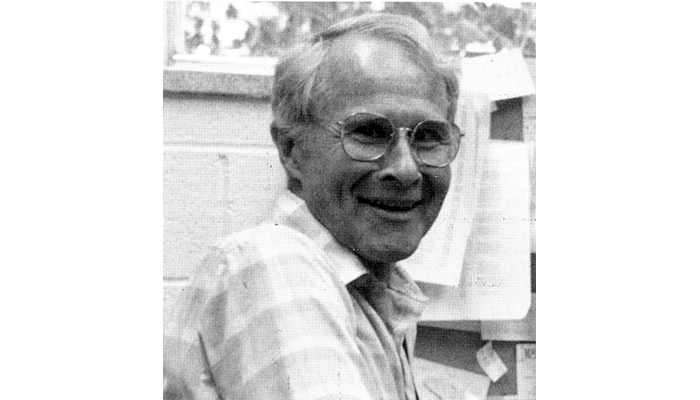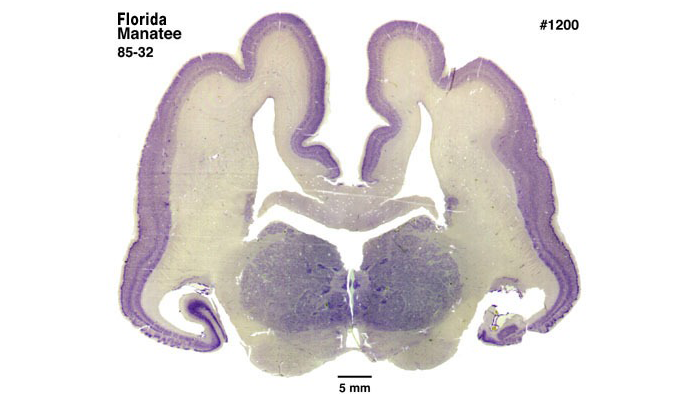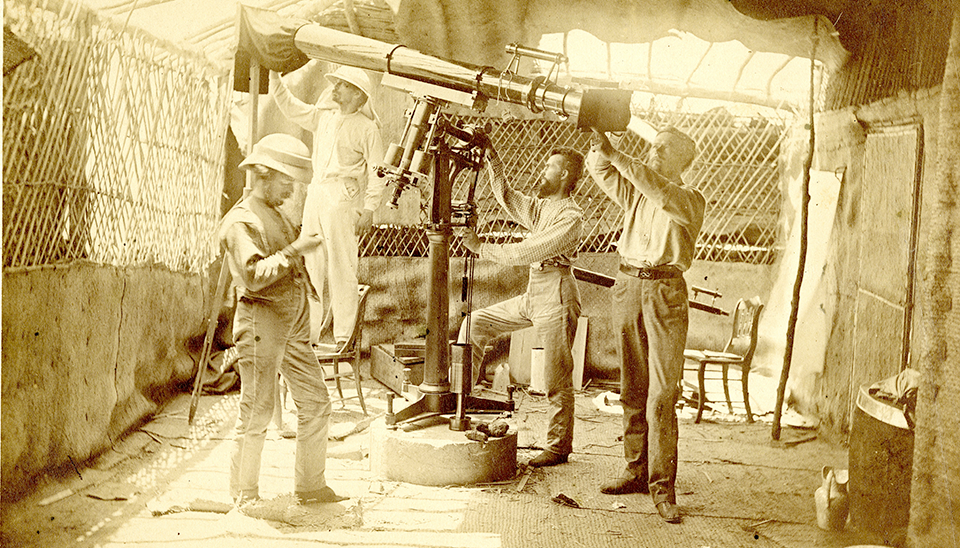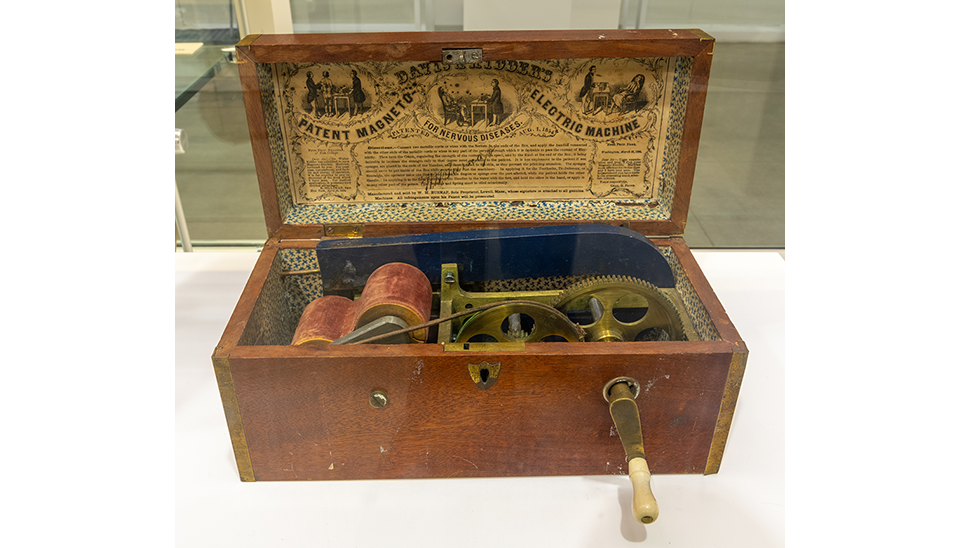Comparative brain collections help us understand brain anatomy and evolutionary development, as well as foster research into neurologic diseases and their possible causes. The University of Wisconsin Welker Collection, housed at the National Museum of Health and Medicine, is a carefully constructed collection of normal, comparative mammalian brains used for comparison studies and for the exploration of neurobehavioral evolution.
The collection is the vision of innovative and pioneering neuroscientists from the University of Wisconsin-Madison and consists of archival materials, histology slides, whole brains, tissue blocks, acrylic brain casts, photographic glass plate negatives for presentations and publications as well as the Alvin Berman and Ruth Bleier sub-collections.
The University of Wisconsin's Laboratory of Neurophysiology, under the direction and supervision of prominent neuroscientist Clinton Woolsey, was the birthplace of the UW Welker Collection. Woolsey also founded the Department of Neurophysiology (now the Department of Neuroscience), at the university in the 1950s. With the assistance of Jerzy Rose and Konrad Akert, Woolsey recruited talented physicians and researchers to staff his department. He fostered an atmosphere of innovation, scholarly cooperation, and a mentor/apprentice approach to education. One of his students was Wally Welker.
Welker would not only continue, but would also expand on Woolsey's work. In the early 1960s, Welker developed a formal plan to build a comprehensive collection of mammalian brains for research. This coincided with his research in comparative neuroanatomy, somatosensory systems, and neurobehavioral evolution. His ambitious endeavor was supported by the National Institutes of Health (NIH) and the National Science Foundation, as well as his colleagues and students who helped expand the collection through their research. For more than 35 years, the collection multiplied and diversified eventually to represent 122 species. Welker also adopted Woolsey's apprentice approach to education, resulting in multiple generations of innovative neuroscientists, including his longtime friend and collaborator, John I. Johnson. Johnson went on to build an extensive comparative brain collection at Michigan State University. Together Welker and Johnson constructed a resource of brain material that would be accessible and widely used by researchers for decades.
One of many examples of collaborative projects, Welker, Johnson, and Roger Reep from the University of Florida joined forces to study the brain of the Florida manatee (Trichechus manatus laterostris). Through this project, greater understanding of the manatee's brain anatomy and biology led to additional projects and conservation efforts. This foundational data continues to support the scientific research of Reep and other scientists in their efforts to understand and save this endangered mammal.
These collections and others are available for research by appointment.
Resources
From brain collections to modern brain banks: A historical perspective 2019 Arenn Faye Carlos, Tino Emanuele Poloni, Valentina Medici, Maia Chikhladze, Antonio Guaita, Mauro Ceroni
Brain collections at the National Museum of Health and Medicine 2011 Archibald J. Fobbs Jr., John I. Johnson10.1111/j.1749-6632.2011.06036.xAnnals of the New York Academy of Sciences
Clinton Woolsey: A Biographical Memoir. Thompson, Richard F. National Academic Press. 1999 Washington, DC.
Welker, W. 'Wally Welker'. The History of Neuroscience in Autobiography, Vol. 3, edited by Larry R. Squire. Academic Press, 2001 Society for Neuroscience. Pp. 502-545
A Memorial Celebration of the Life of Clinton Nathan Woolsey, M.D. (November 30, 1904- January 14, 1993) Program- NMHM UW/Welker Collection Archives



